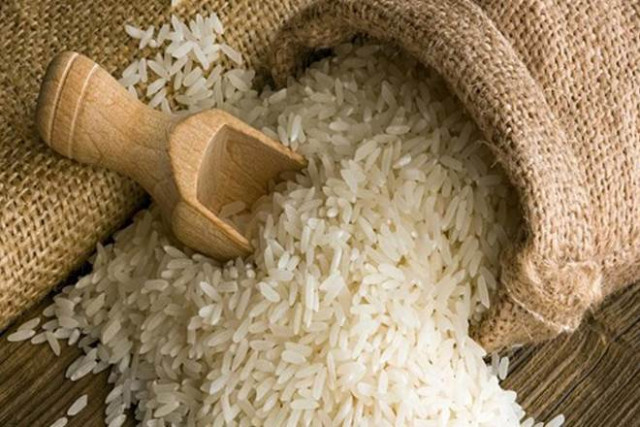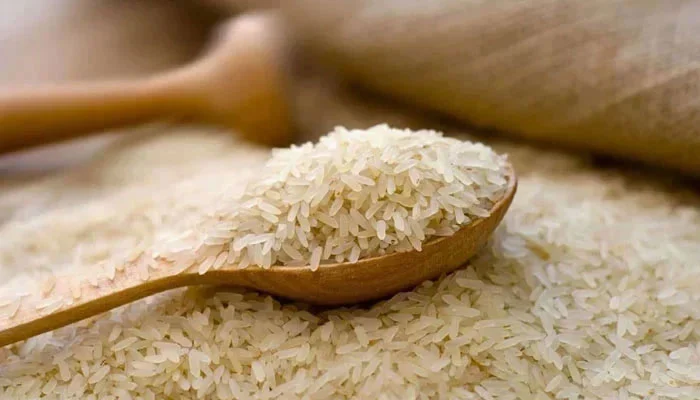Tags
Mandi prices of Basmati rice rise after MEP cut
The AIREA, the apex body of basmati rice exporters had earlier urged its members to discontinue or stop buying paddy in the interest of the trade due to high MEP.

Similarly, the prices of short duration Pusa basmati 1509 paddy are currently ruling in the range of Rs Rs 3,500-3700/quintal, against a price of Rs 3,000-3,200/quintal last season.
Mandi prices of several varieties of basmati paddy are ruling at higher levels compared to last year following the government’s decision to reduce the minimum export price (MEP) of basmati rice to $ 950/tonne last month which has given a boost to exports prospects of aromatic rice.
At the Karnal mandi, Haryana, the hub of basmati paddy trade in the country, Pusa 1121 variety of paddy, which has major share in basmati rice exports, are fetching the farmers Rs 4,000-4,600/quintal, against the previous year’s price of Rs 3,800-4,000/quintal.
Similarly, the prices of short duration Pusa basmati 1509 paddy are currently ruling in the range of Rs Rs 3,500-3700/quintal, against a price of Rs 3,000-3,200/quintal last season.
The premium variety of basmati CSR-30 is currently ruling Rs 6,000 – 6,700/quintal in the various grain mandis in Haryana and Punjab. Arrival of basmati paddy is expected to continue for another month as harvesting of the crop is being undertaken currently.
“With arrivals of basmati paddy at its peak and robust global demand, prices are at the elevated level which is expected to fetch better prices for the farmers,” Vijay Setia, former president, All Indian Rice Exporters Association (AIREA) and a Karnal based rice exporter told FE.
The government on October 26 had reduced the floor price for exports of basmati rice to $950/tonne from $1200/tonne imposed in August following representation from the exporters such as high MEP was not viable for exports.
The AIREA, the apex body of basmati rice exporters had earlier urged its members to discontinue or stop buying paddy in the interest of the trade due to high MEP.
“This season the mandi prices of all the varieties of basmati paddy are ruling above the last year level and which would boost farmers realisation,” Pritam Singh, a basmati farmer from village Urlana Khurd of Panipat district, Haryana said.
The government had imposed the $1,200/tonne MEP on basmati rice till October 15 which was aimed at restricting ‘illegal shipment of white non-basmati rice (whose shipment was banned from July 20) in the garb of premium basmati rice,’.
According to AIREA, the average export price of basmati rice in the last five years has been $ 975/tonne.
India has exported 2.1 million tonne (MT) of basmati rice valued at $2.22 billion in the April-August period of the current fiscal, an increase of 12.6% in terms of value compared to the same period previous year.
In 2022-23, the country exported 4.56 MT of basmati rice valued at $4.78 billion with an average price of $1,050/tonne.
Geographical Indication (GI) tagged basmati rice is grown in 70 odd districts in Punjab, Haryana, western Uttar Pradesh, Jammu & Kashmir and Uttarakhand.
The aromatic and long grain rice commands a premium in the global market. India has a share of around 75%-80% in the global aromatic rice market.
https://www.financialexpress.com/policy/economy-mandi-prices-of-basmati-rice-rise-after-mep-cut-3300144/Published Date: November 8, 2023





